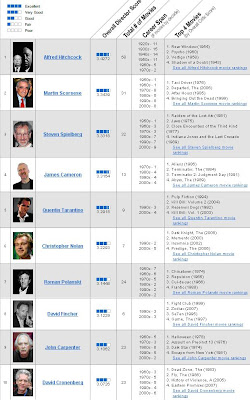Shown below are a series of pictures which make up a storyboard of what camera angles, shots and movements we plan to have in our opening sequence. Also they are in the order that we intend them to occur in our opening sequence.
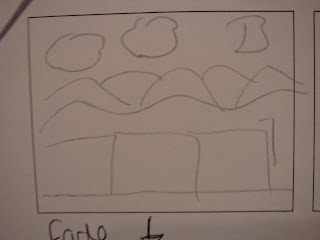
This is an Establishing Shot showing the view from the top of the cliff (one of our chosen locations.)
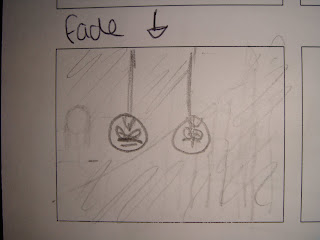
This is a close up tracking shot of the female character's (character A) feet walking on the cliff.

This is a close up of character A's face.
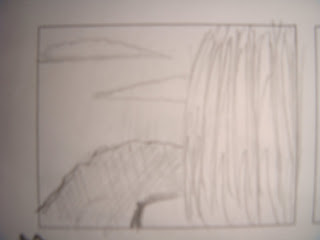
This is an over the shoulder, tracking shot from behind character A.
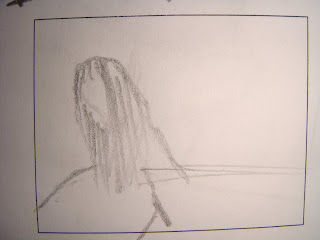
This is a long shot from the side of character A as she looks over the edge of the cliff.
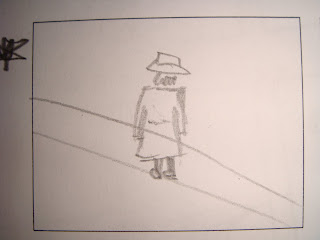
This is a long shot of another character, male (character B), walking through either woods, a cemetery or by a canal.

This shows a shot showing character A taking something out of her pocket.
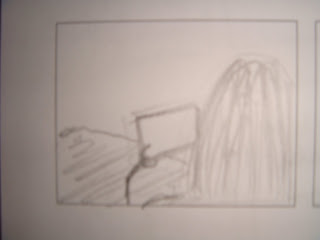
This is a high angle shot from behind character A, showing her looking at a picture.
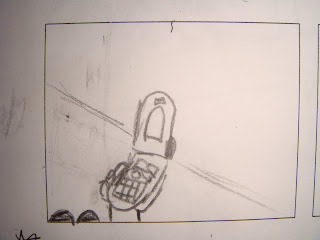
This is a close up, static shot of character B's phone as he rings a number.

This is a shot of a phone, buried under leaves and twigs, ringing, this would zoom into a close up of the phone so you can see it clearly as it rings.
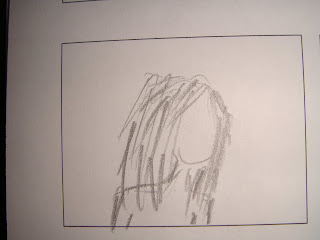
This picture is a mid static shot of the girl turning around because she has heard the phone and the camera would track her as she moves quickly towards it.
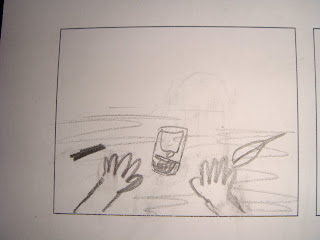
There is then a static shot of her hands rumaging through the leaves and twigs and then it would show her picking up the phone.

This is a close up of character A's face as she says "Hello?" to see who is on the other side of the call.

This is a long shot from afar of character B standing against a wall with the phone.
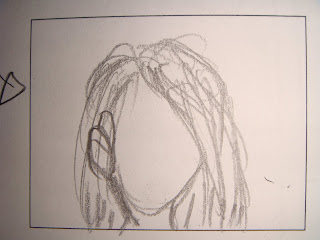
This is another close up of character A saying "Hello?" again, but sounding a bit anxious and a little louder this time as character B did not answer.
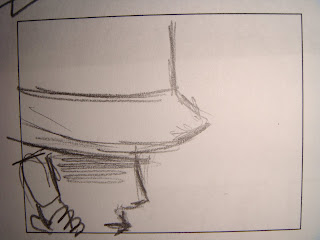
This is an extreme close up of character B as he says "Don't jump." on the phone, then the camera would zoom out and show him taking the phone away from his ear.
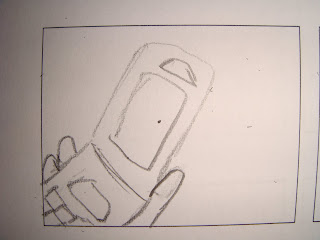
Here is a close up of character B's phone as he hangs up.
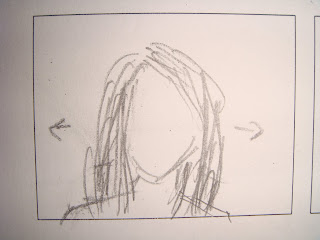
Now a mid static shot of character A, who would look scared, taking the phone away from her ear, shaking and looking around left to right, being paranoid.
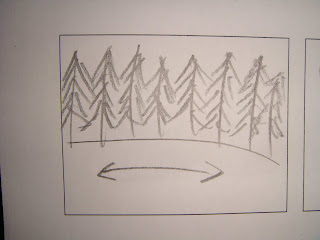
There would then be a quick pan of what she can see in front of her from left to right so we can see what she is seeing.
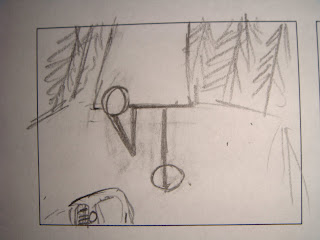
Here is a shot of her dropping her phone and running away from just above ground level so only her legs are seen and as she runs away the background will blur and the sharpest object, in the foreground, would be the phone on the ground.

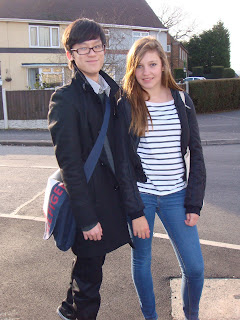
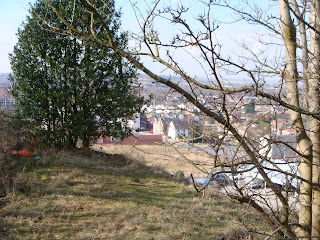
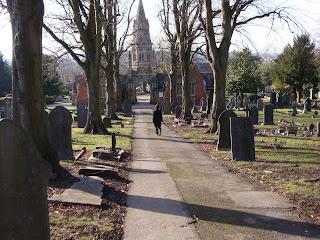

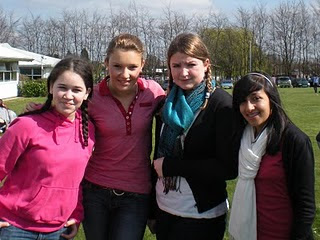
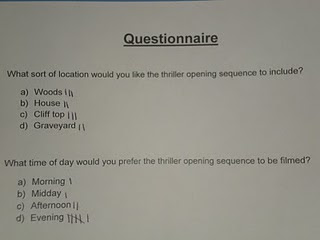


 Dir: Joe Johnston, Genre: Horror | Thriller
Dir: Joe Johnston, Genre: Horror | Thriller Dir: Martin Campbell, Genre: Drama | Thriller
Dir: Martin Campbell, Genre: Drama | Thriller Dir: Pierre Morel, Genre: Action | Crime | Thriller
Dir: Pierre Morel, Genre: Action | Crime | Thriller Dir: Kathryn Bigelow, Genre: Action | Drama | Thriller | War
Dir: Kathryn Bigelow, Genre: Action | Drama | Thriller | War Dir: Martin Scorsese, Genre: Drama | Mystery | Thriller
Dir: Martin Scorsese, Genre: Drama | Mystery | Thriller